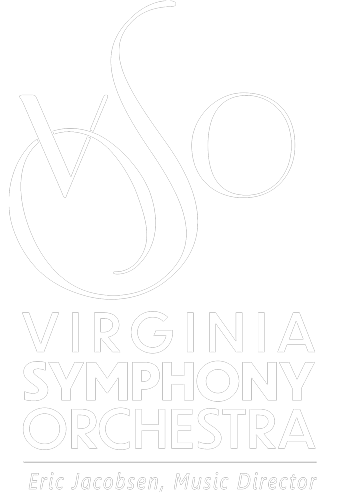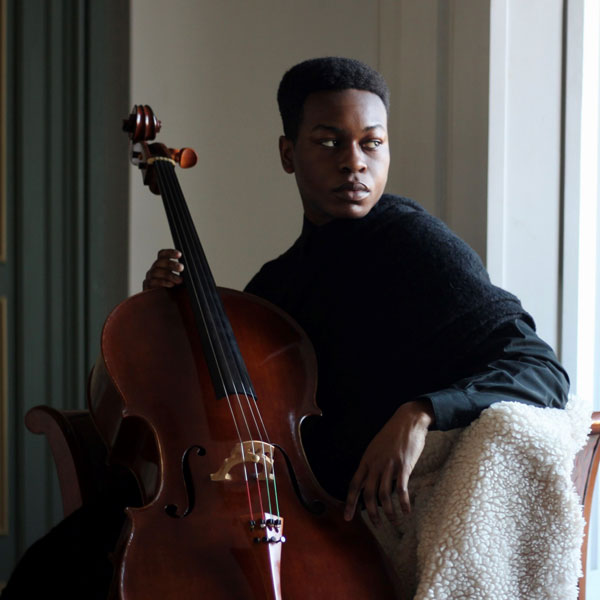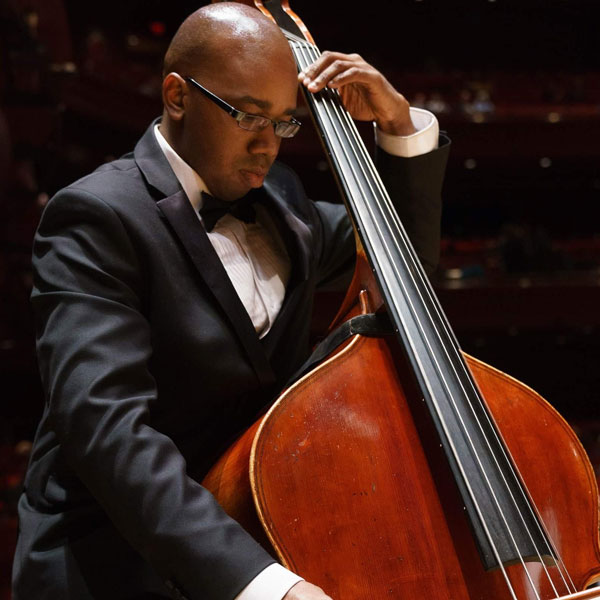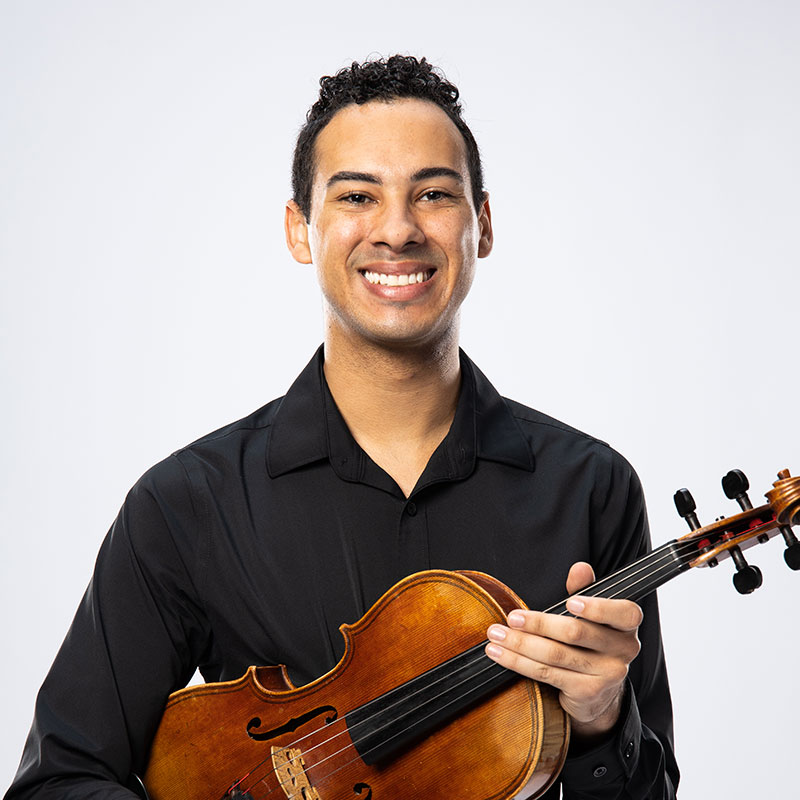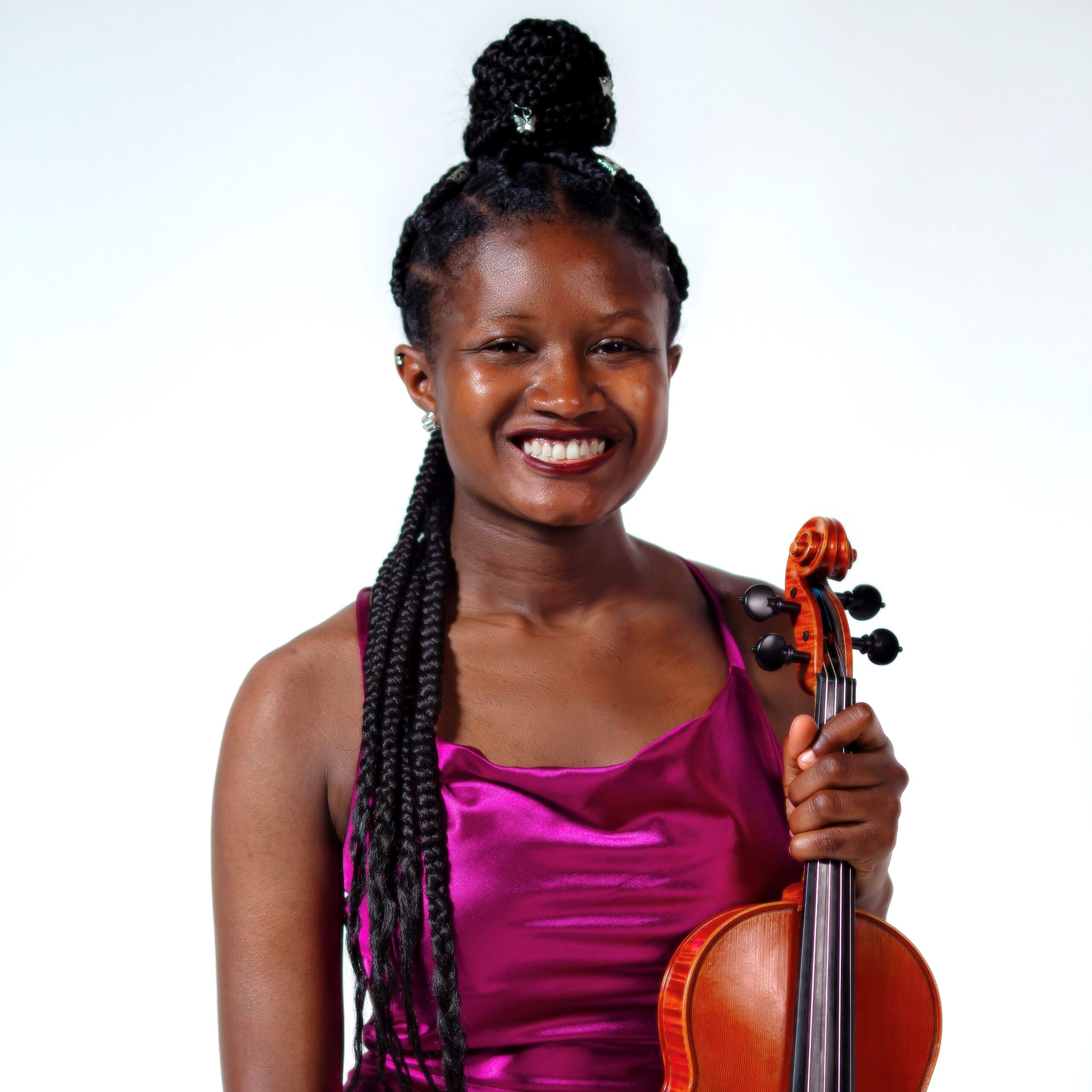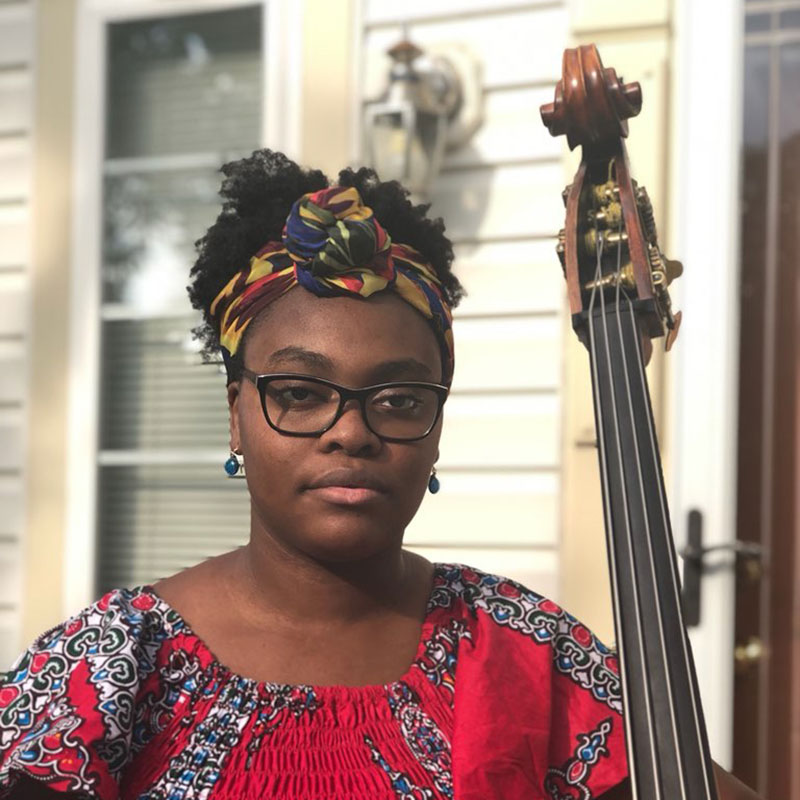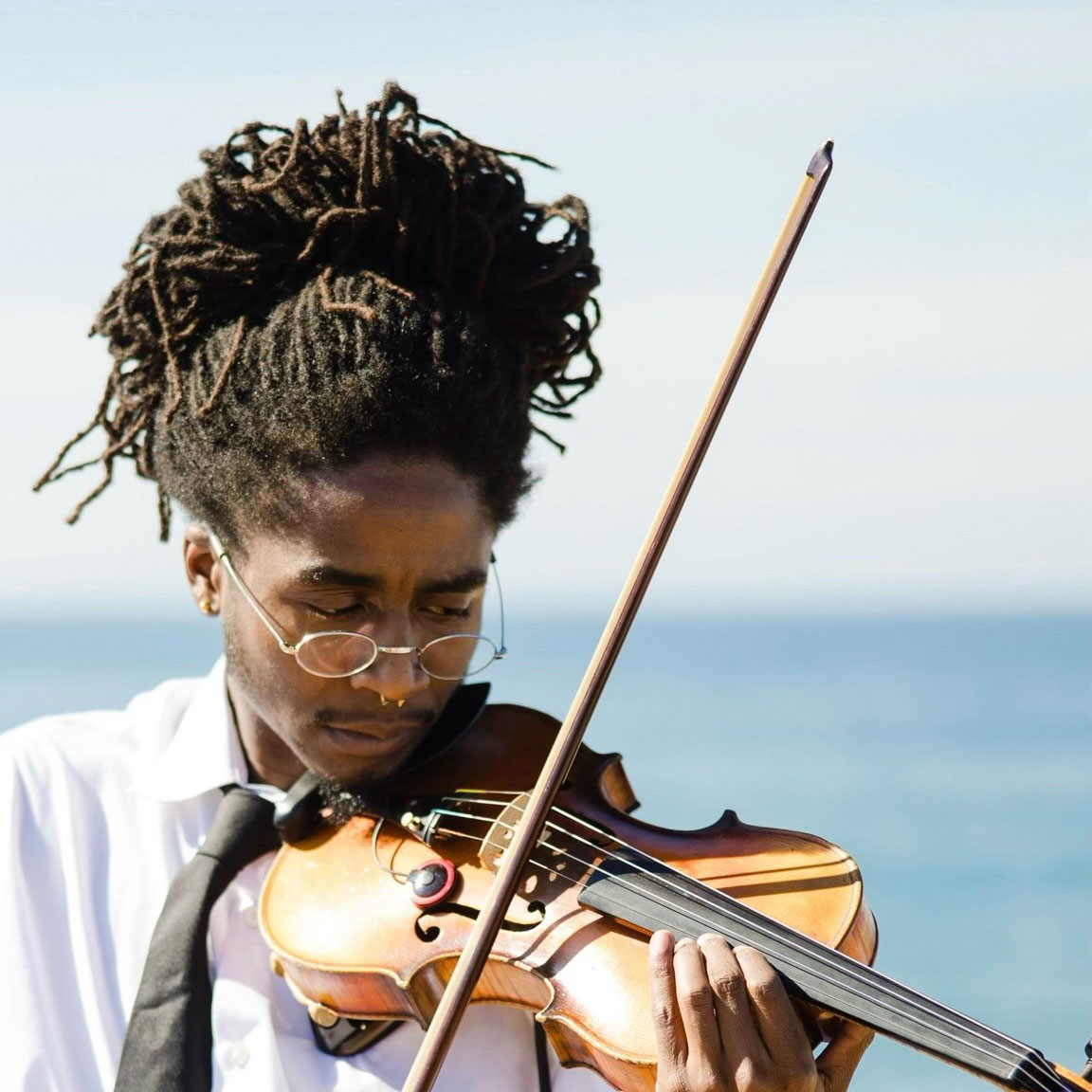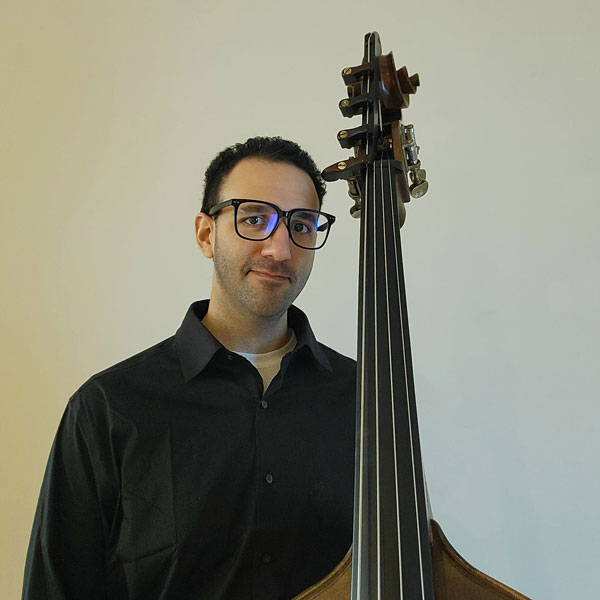What about the music?
An inside look with the Virginia Symphony Orchestra
Highlight: Neighbors and Friends
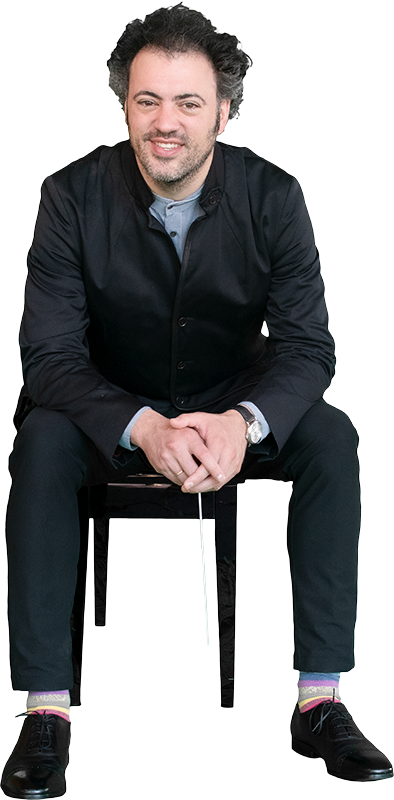
The Performers
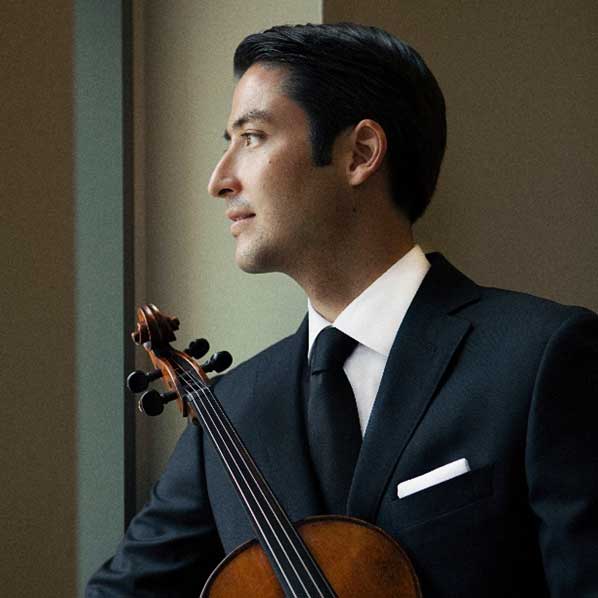
Masumi Per Rostad
Viola
Praised for his “burnished sound” (The New York Times) and described as an “electrifying, poetic, and sensitive musician,” the Grammy Award-winning, Japanese-Norwegian violist Masumi Per Rostad hails from the gritty East Village of 1980s New York. He was raised in an artist loft converted from a garage with a 1957 Chevy Belair as the remnant centerpiece in their living room. Masumi began his studies at the nearby Third Street Music School Settlement at age three and has gone on to become one of the most in demand soloists, chamber musicians, teachers. In addition to maintaining an active performance schedule, he serves on the faculty of the prestigious Eastman School of Music in Rochester, NY.
He received his Bachelor and Master of Music degrees from The Juilliard School. There, he studied with legendary violist and pedagogue Karen Tuttle from the age of 17 and was made her teaching assistant just three years later at the age of 20. Masumi is an ardent advocate for the arts, and often sought after as a contributing writer to such publications as the Huffington Post, Strings and Gramophone magazines as well as The Guardian.
Celebrating a 400 year birthday in 2019, his Amati viola was crafted in Cremona, Italy in 1619.
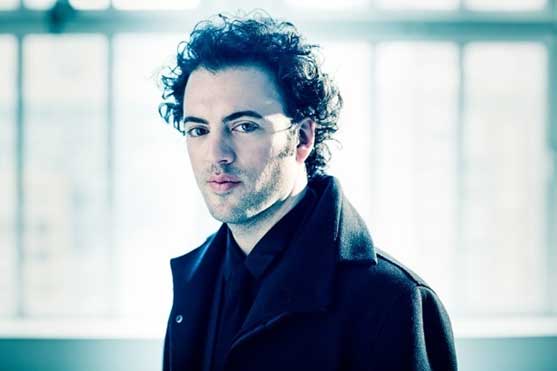
Eric Jacobsen
Conductor
Hailed by the New York Times as “an interpretive dynamo,” conductor and cellist Eric Jacobsen has built a reputation for engaging audiences with innovative and collaborative programming. He is the newly-named Music Director of the Virginia Symphony, becoming the 12th music director in the orchestra’s 100-year history.
Jacobsen is Artistic Director and conductor of The Knights, and serves as the Music Director for the Orlando Philharmonic Orchestra. Jacobsen founded the adventurous orchestra The Knights with his brother, violinist Colin Jacobsen, to foster the intimacy and camaraderie of chamber music on the orchestral stage. Eric splits his time between New York and Orlando with his wife, singer-songwriter Aoife O’Donovan, and their daughter. Want to know more?
The Creators and Music
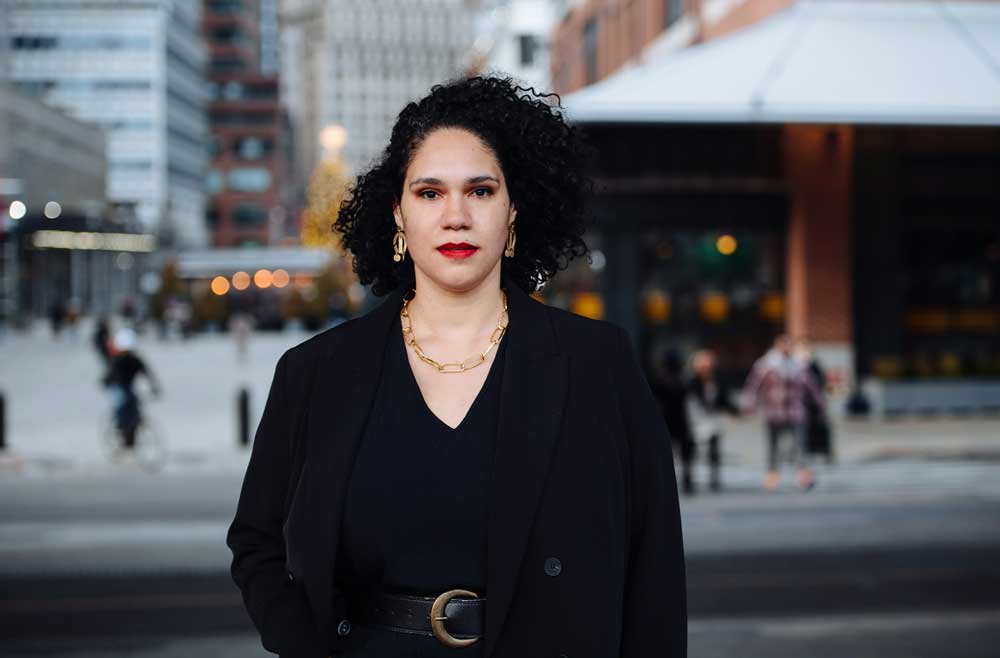
Jessie Montgomery
Viola Concerto
Jessie Montgomery is an acclaimed composer, violinist, and educator. She is the recipient of the Leonard Bernstein Award from the ASCAP Foundation, the Sphinx Medal of Excellence, and her works are performed frequently around the world by leading musicians and ensembles. Her music interweaves classical music with elements of vernacular music, improvisation, poetry, and social consciousness, making her an acute interpreter of 21st century American sound and experience. Her profoundly felt works have been described as “turbulent, wildly colorful and exploding with life” (The Washington Post).
L.E.S. Characters, Concerto for Viola and Orchestra
Commissioned by the Grant Park Music Festival, Orlando Philharmonic Orchestra, CityMusic Cleveland, Interlochen Center for the Arts, and the Los Angeles Chamber Orchestra.
Conceived as a series of vignettes, each of the 5-movements depicts a different real-life street performance artist or character from the Lower East Side, recalled as a childhood memory shared between myself and Masumi Per Rostad, who commissioned and premiered the work. We both grew up and studied music together as children of the famed L.E.S. of the 80s and early 90s. I thought a series of character pieces would be a fun frame in which to place the viola at the center as subject and storyteller, recounting the images and memories of these artist souls and their impact on our creativity. The Can Man is inspired by the work of Gene Pool, an environmental activist and performance artist who used to ride around our neighborhood on a unicycle dressed in a full-body suit of aluminum cans. Imagine the spectacle! His character bookends the form of the work, and in between, a tribute to Jim Power – The Mosaic Man – all of the poets and teachers, and the way they fashioned the gardens with sculptures made of scraps, junk, and debris to create something playful and imaginative.
This piece is dedicated to the memory of Chris Pors, Mary Lou Francis, our violin teacher and Executive Director of the Third Street Music School Settlement when Masumi and I were studying there; and Robbie McCauley, my mom…all of whom we lost during the time of COVID Pandemic 2020-2021. The tragedy of these losses framed the creation of this piece which, at its conception was inspired by child-like wonder and creativity. Thank you for the gift, for setting the stage, and giving us a path to play in. Forever in our hearts.
—Jessie Montgomery
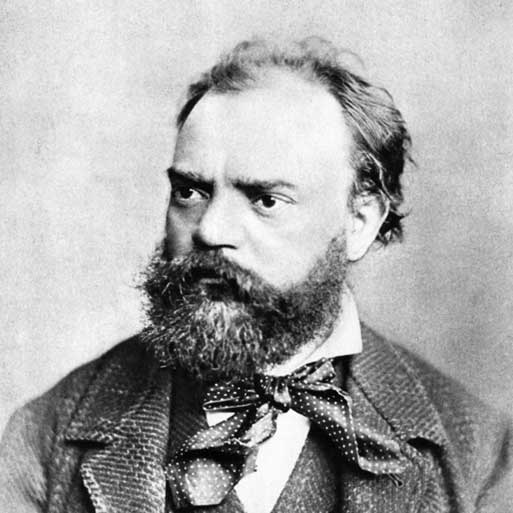
Antonin Dvořák
Symphony No 8
Dvořák pronounced duh vor zhaak
- From the country now named Czech Republic
- Lived 1841-1904
- Known for absorbing folk music into his own music.
- Moved to the US in 1892 and became director of the National Conservatory of Music. He encouraged composers to use the sounds of their own country in their works. His example to America was his New World Symphony which uses African American Spirituals and Native American influences.
Symphony No. 8 was written in 1889 and premiered in Prague and was based on Bohemian (now called Czech) tunes. Dvorak’s Symphony No. 8 has four movements titled:
- Allegro con brio (Fast tempo with spirit)
- Adagio (Slow)
- Allegretto grazioso – Molto vivace (Fairly fast , graciously AND Very Fast)
- Allegro ma non troppo (Fast, but not too fast)
